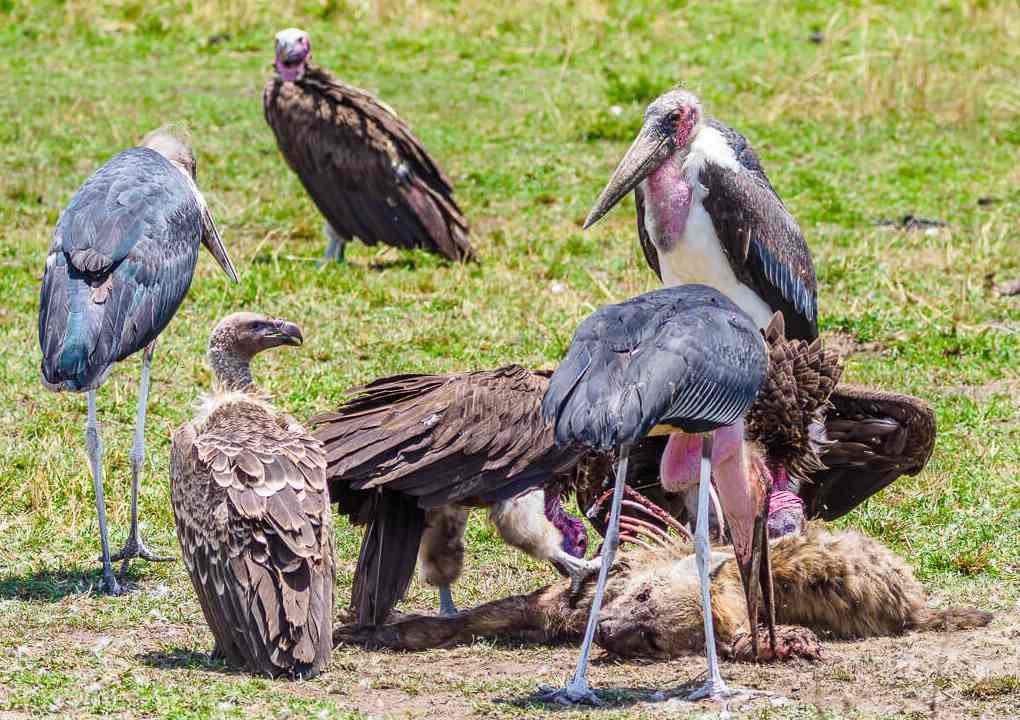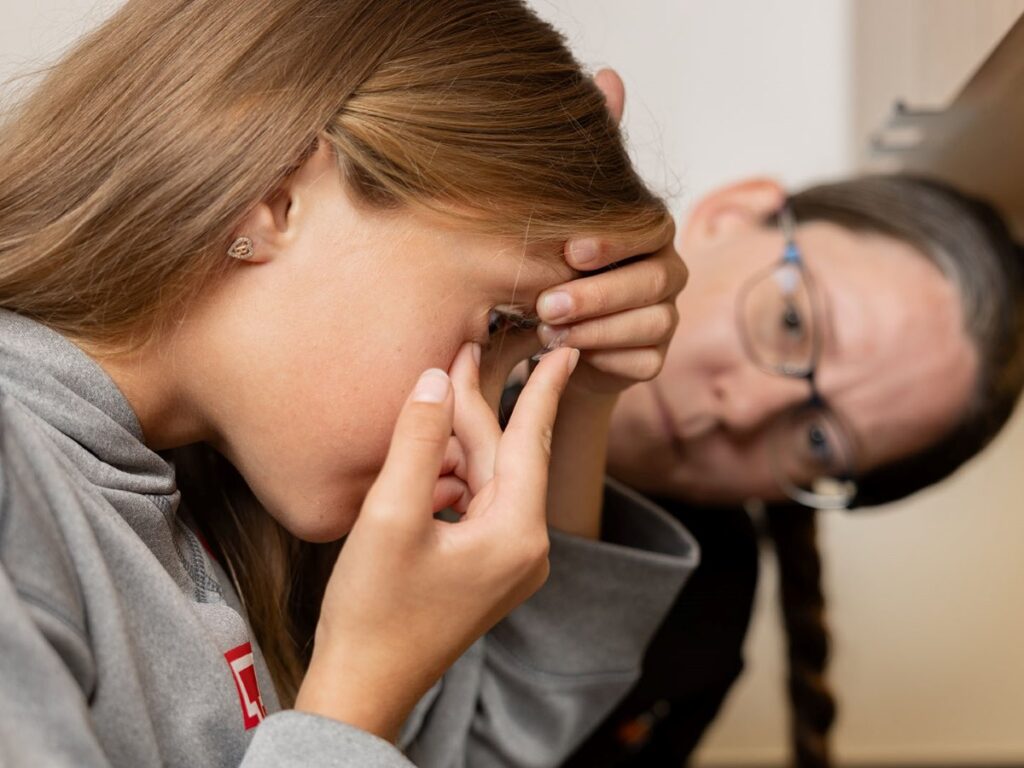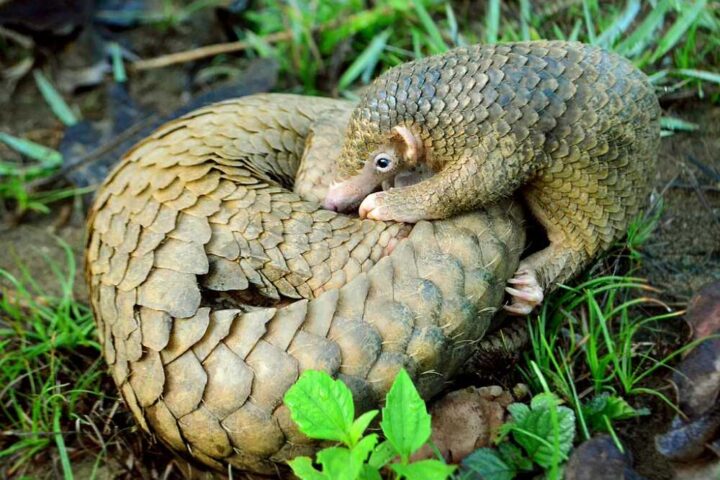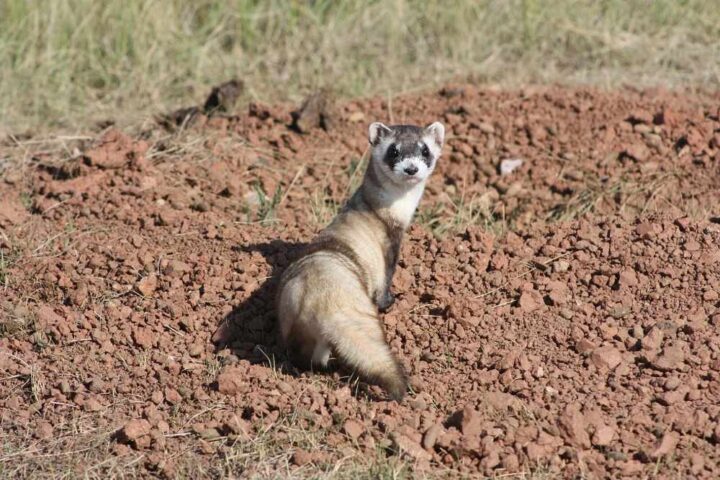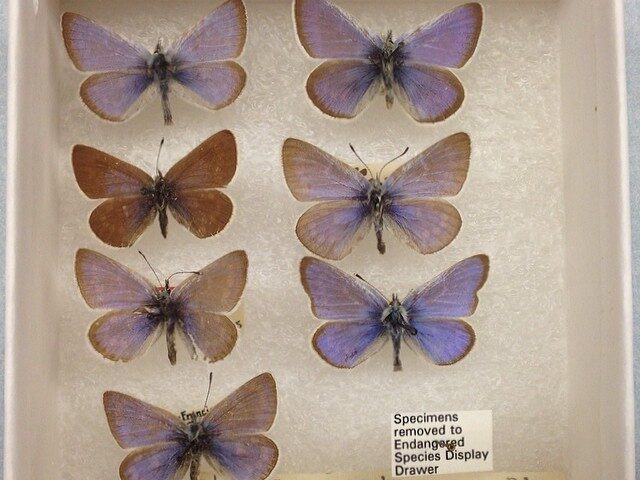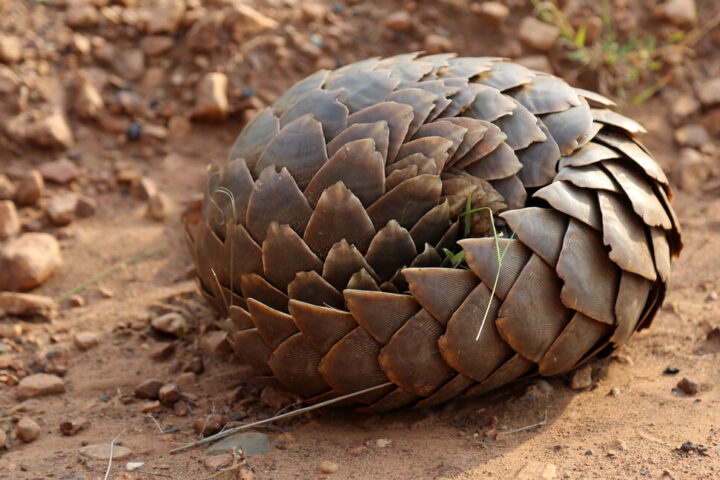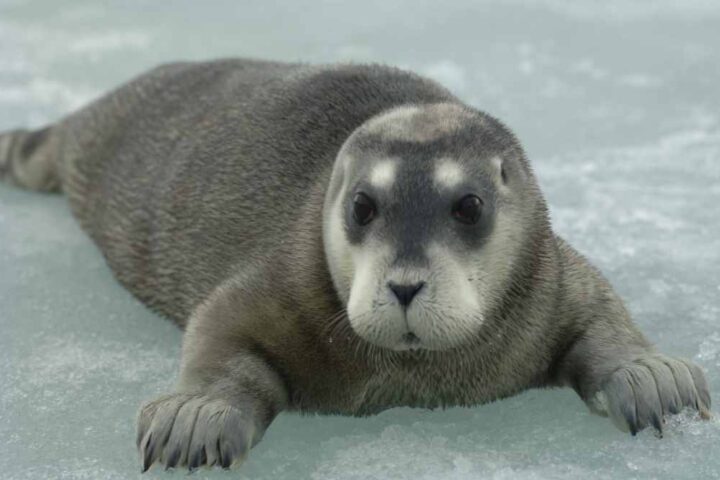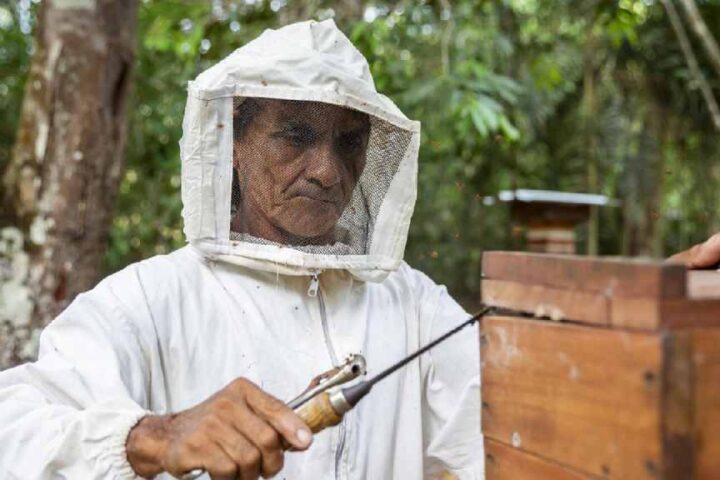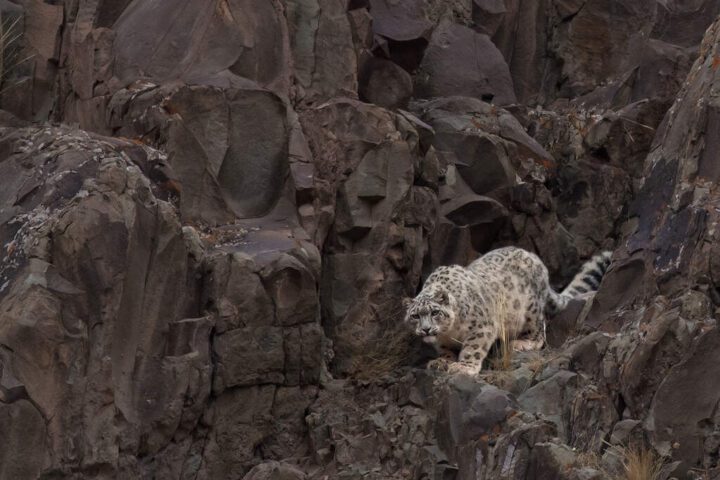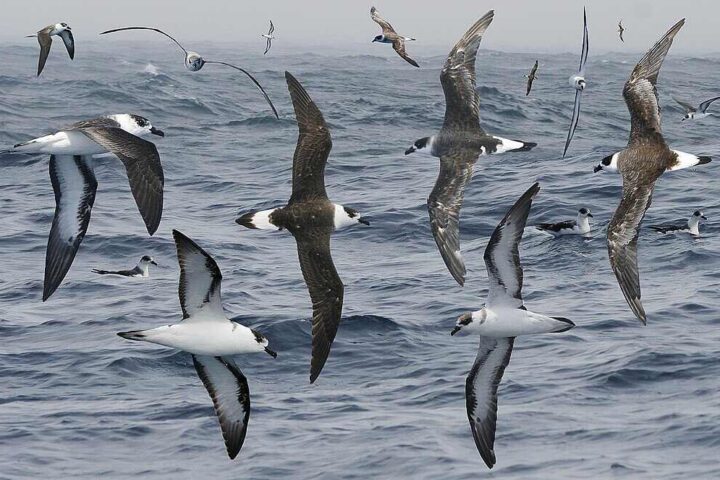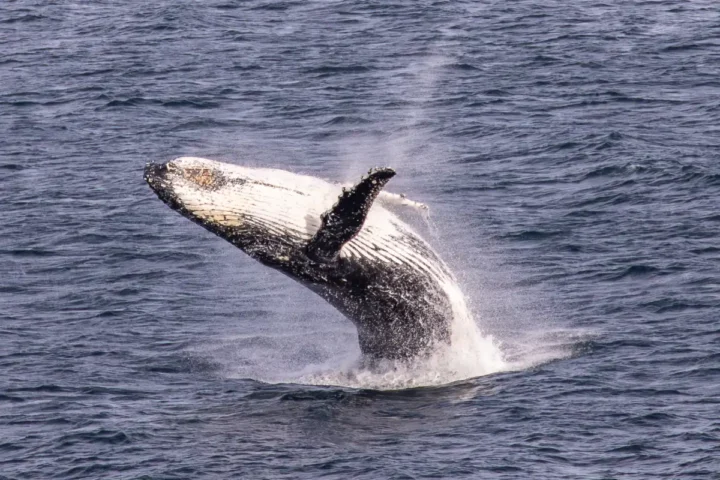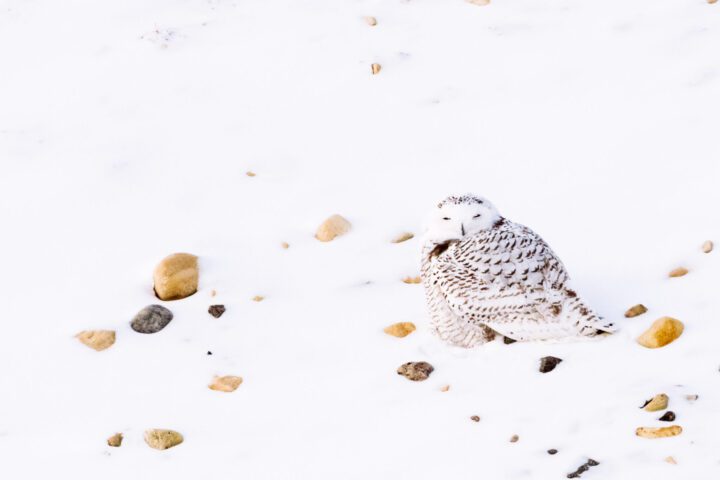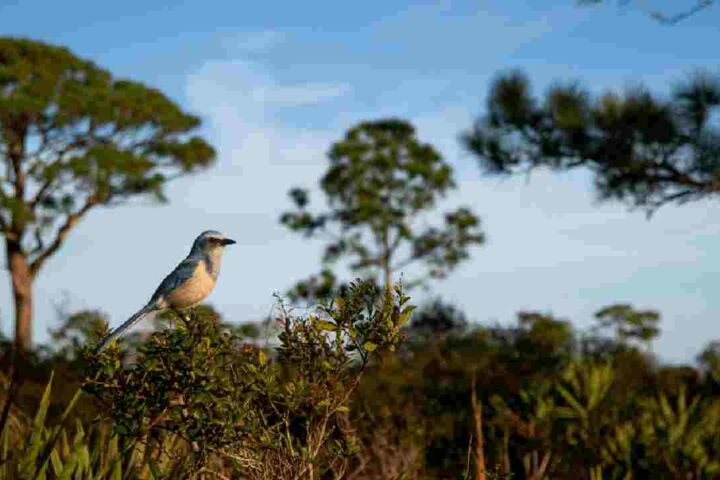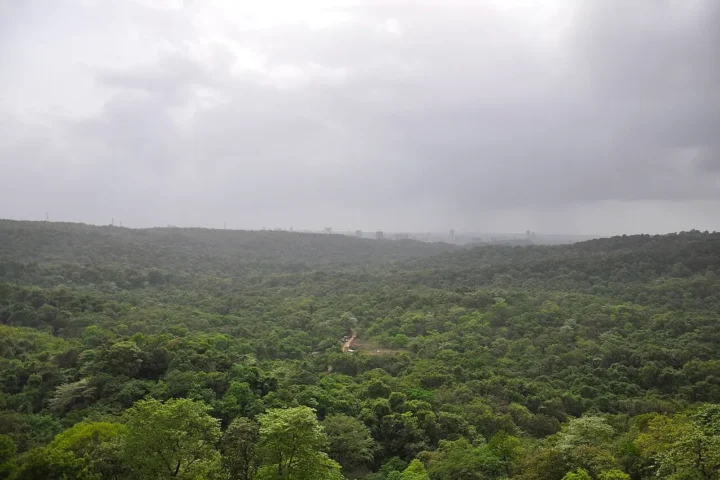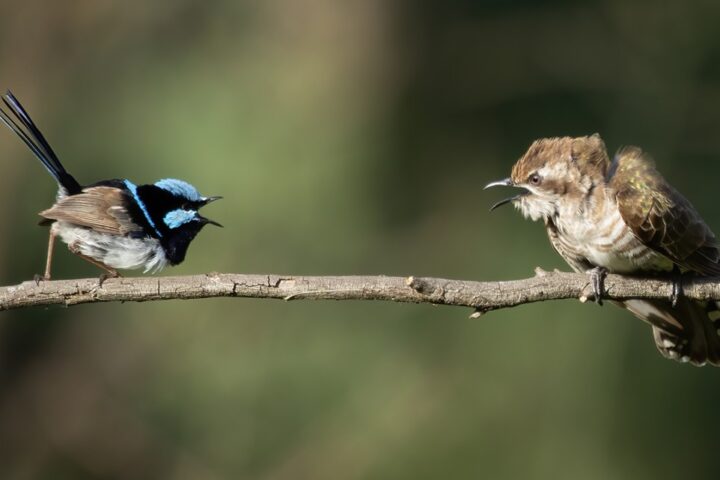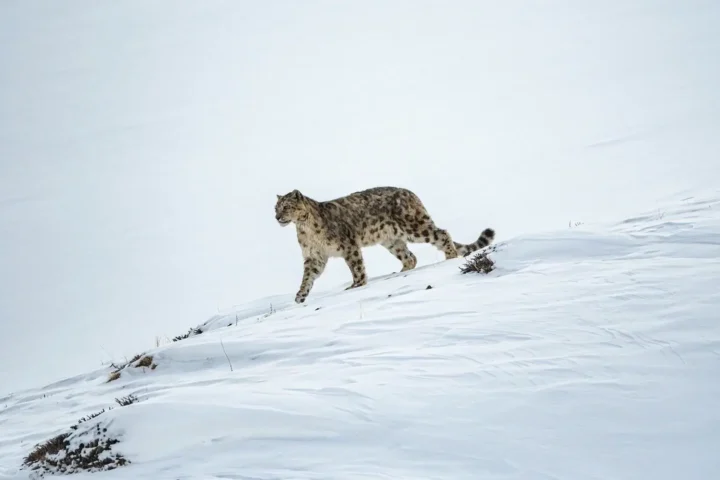Vultures circling overhead might seem ominous, but their presence actually signals a functioning ecosystem that protects human health. A troubling new study from Stanford University reveals that 36% of the world’s scavenger populations are threatened or declining, with large specialized scavengers like vultures and hyenas facing the steepest drops. This decline carries serious consequences for human health by potentially increasing the spread of diseases that jump from animals to people.
The Stanford research, published in the journal Proceedings of the National Academy of Sciences, analyzed 1,376 vertebrate scavenger species and found the decline disproportionately affects apex scavengers – large-bodied animals specialized in consuming carrion (animal remains). These efficient waste managers are being replaced by smaller animals that carry more diseases transmissible to humans.
“The evidence we found is very clear,” explains Rodolfo Dirzo, professor of biology at Stanford and senior author of the study. “Scavengers are in decline, but it’s not homogeneous. It is particularly the large and specialized ones. At the same time, this allows space for smaller scavengers, which are problematic because they are themselves sources of zoonotic diseases.”
Large scavengers provide a crucial but often invisible service to ecosystems and human communities. In the Americas and Europe, scavengers consume about 75% of all available carrion, with turkey vultures alone removing 1.5 million tons of decaying meat annually. Their highly acidic stomachs effectively neutralize many pathogens, creating a “dead-end” for infectious agents that could otherwise spread.
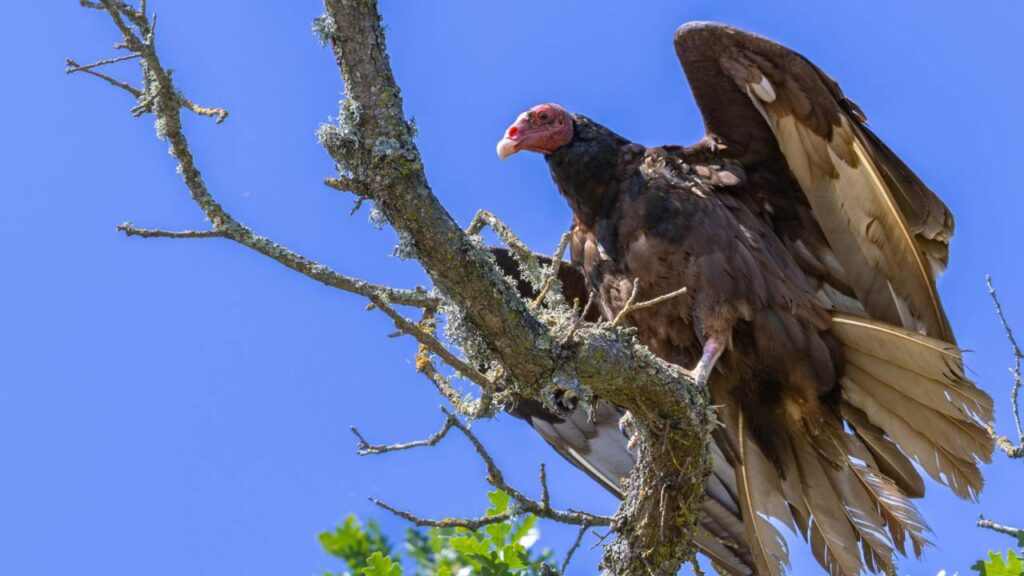
The Indian vulture crisis offers a stark warning about what happens when these animals disappear. When vulture populations in India crashed by 97-99.9% in the 1990s due to poisoning from the veterinary drug diclofenac, the consequences were catastrophic. The vacuum left by vultures allowed feral dog populations to explode. This led to an estimated 39 million additional dog bites and 48,000 human deaths from rabies between 1992 and 2006. Research has estimated that the vulture decline may have contributed to up to 500,000 premature human deaths between 2000 and 2005.
“I think as we become more aware of these connections, we’re going to be more inclined to protect these species, because, in turn, we are ultimately protecting our health,” notes Chinmay Sonawane, the study’s first author.
Similar Posts
The problem isn’t limited to developing countries. In Wyoming, eagles and other scavengers help curb brucellosis bacterial infections among elk herds by consuming infected miscarriages, reducing transmission risk to livestock and humans. In Ethiopia, spotted hyenas dispose of approximately 200 tons of livestock waste yearly, preventing an estimated five spillovers of anthrax and bovine tuberculosis to humans and 140 outbreaks in livestock.
When apex scavengers decline, smaller scavengers like rats, raccoons, and feral dogs increase – a process called “ecological release.” However, these mesoscavengers cannot fully replace their larger counterparts. Many smaller scavengers rely on apex scavengers to locate carrion and break open tough carcasses. More critically, mesoscavengers consume less carrion overall, leaving more decaying matter in the environment, and they often carry diseases that can infect humans.
The study identifies three main factors driving scavenger decline: habitat loss, intensive livestock production, and wildlife trade. Many scavengers are also deliberately poisoned when viewed as threats to livestock or when poachers use poison to prevent vultures from circling above kills and alerting authorities.
“There is this prejudice that these scavengers – vultures and hyenas and the like – are nasty animals and that we should get rid of them, but they are important not only for the functioning of ecosystems, but also for human well-being,” Dirzo emphasizes.
The researchers argue for policies that protect scavenger habitats, reduce poaching, and control the use of veterinary drugs toxic to scavengers. There’s evidence that timely intervention works – after India banned diclofenac in 2006, vulture populations began to recover gradually.
As the study shows, scavengers are more than just nature’s garbage collectors – they’re essential frontline defenders against disease. Their continued decline threatens both wildlife ecosystems and human health in ways we’re only beginning to understand.
Frequently Asked Questions
Scavengers are animals that feed on dead organisms (carrion) that they didn’t kill themselves. They play a crucial role in ecosystems by removing dead animals, which prevents the spread of diseases. Large scavengers like vultures, hyenas, and certain marine species are especially efficient at consuming carrion quickly and neutralizing pathogens in their highly acidic stomachs, effectively preventing disease transmission to humans and other animals.
According to Stanford University research, 36% of the world’s 1,376 vertebrate scavenger species are threatened or declining. The decline disproportionately affects apex scavengers – large-bodied animals specialized in consuming carrion. Half of the 17 species classified as “obligate scavengers” (those that primarily eat carrion) are listed as “vulnerable” or “critically endangered” on conservation lists.
When large scavengers decline, several problems emerge: 1) Dead animals remain in the environment longer, allowing disease-causing pathogens to multiply and spread; 2) Smaller scavengers like rats and feral dogs increase in number but cannot consume as much carrion; 3) These smaller “mesoscavengers” often carry diseases that can transmit to humans; 4) Overall ecosystem health deteriorates as this important cleaning function is compromised. The Indian vulture crisis demonstrated this clearly, with a rise in feral dogs and rabies cases following vulture decline.
Yes, research has linked the dramatic decline of vulture populations in India during the 1990s to significant human health impacts. When vultures crashed by 97-99.9%, feral dog populations increased to fill the scavenging niche. This led to an estimated 39 million additional dog bites and 48,000 human rabies deaths between 1992 and 2006. Some studies suggest the vulture decline may have contributed to up to 500,000 premature human deaths between 2000 and 2005 from various disease pathways.
Three main factors drive scavenger decline globally: 1) Habitat loss and fragmentation due to expanding agriculture and urbanization; 2) Intensive livestock production, which includes both habitat conversion and the use of veterinary drugs toxic to scavengers (like diclofenac in India); 3) Wildlife trade and poaching, including both direct targeting of scavengers and secondary poisoning when poachers deliberately poison carcasses to prevent vultures from circling and alerting authorities to illegal kills. Additionally, many scavengers are deliberately persecuted due to negative perceptions and stigma.
Yes, scavenger populations can recover with appropriate conservation measures. India’s ban on the veterinary use of diclofenac in 2006 has already helped vulture populations begin to recover, though slowly. Effective conservation strategies include: protecting critical habitats and nesting sites, reducing poaching through enforcement and community engagement, replacing toxic veterinary drugs with safer alternatives, changing negative perceptions through education, and implementing breeding and reintroduction programs for critically endangered species. These efforts require coordinated action from governments, conservation organizations, and local communities.
